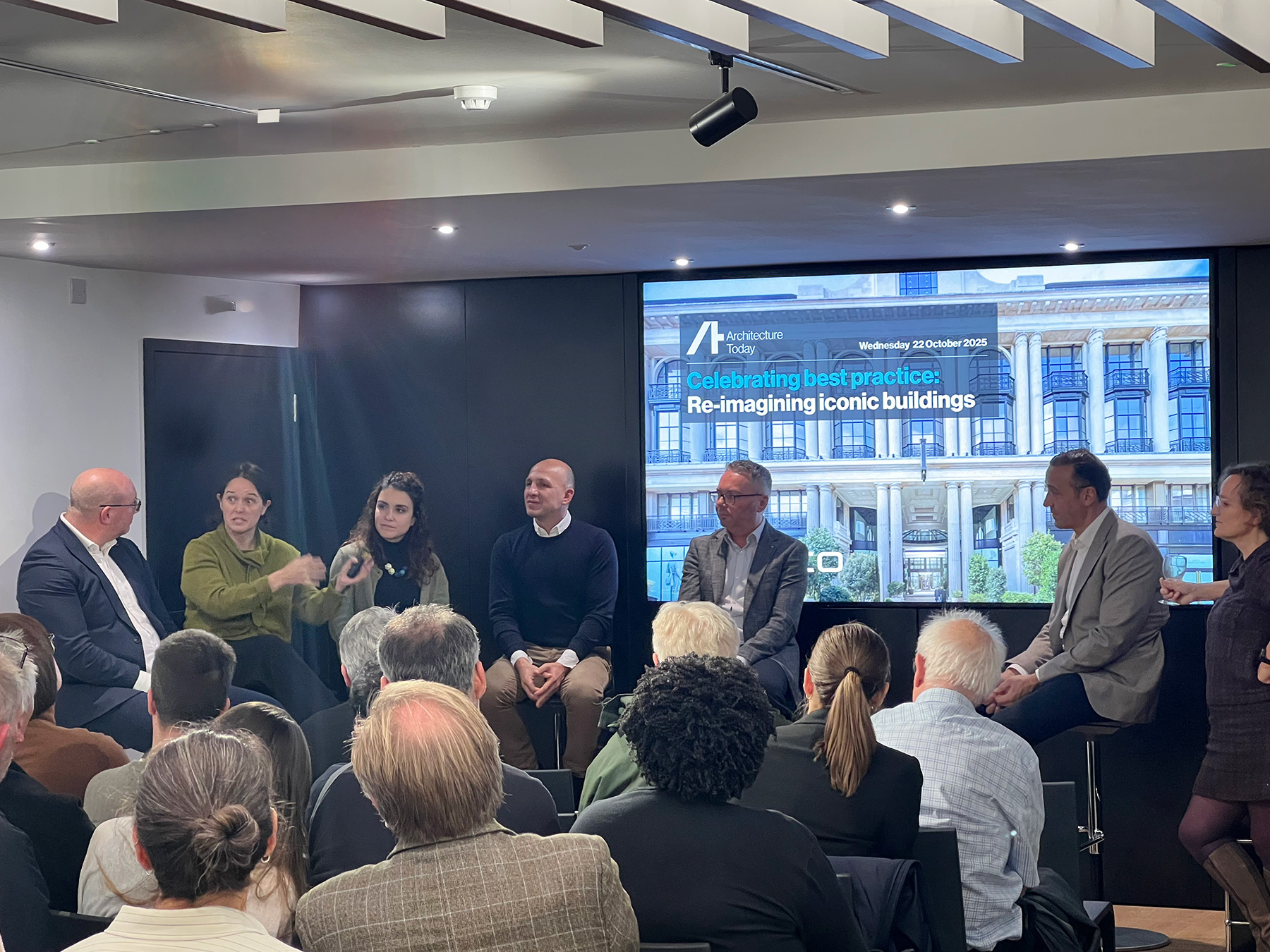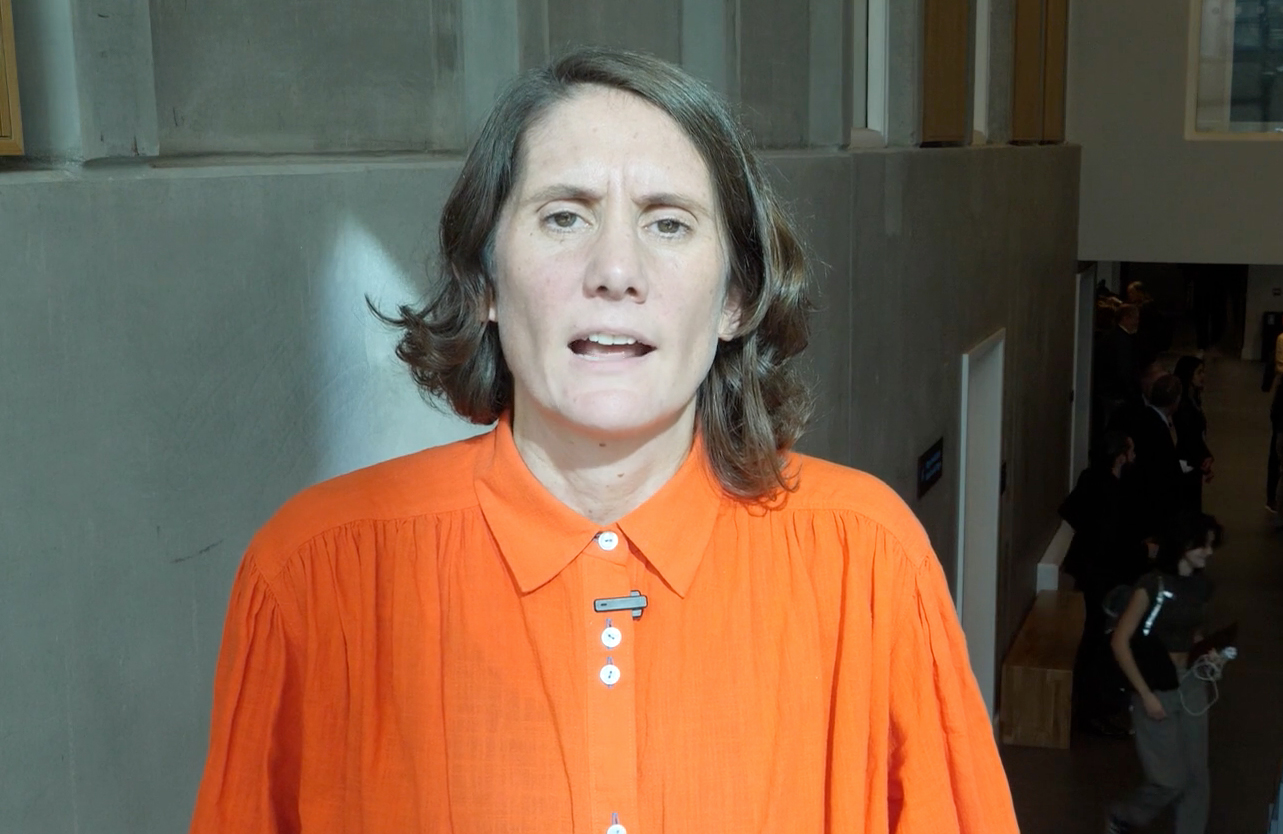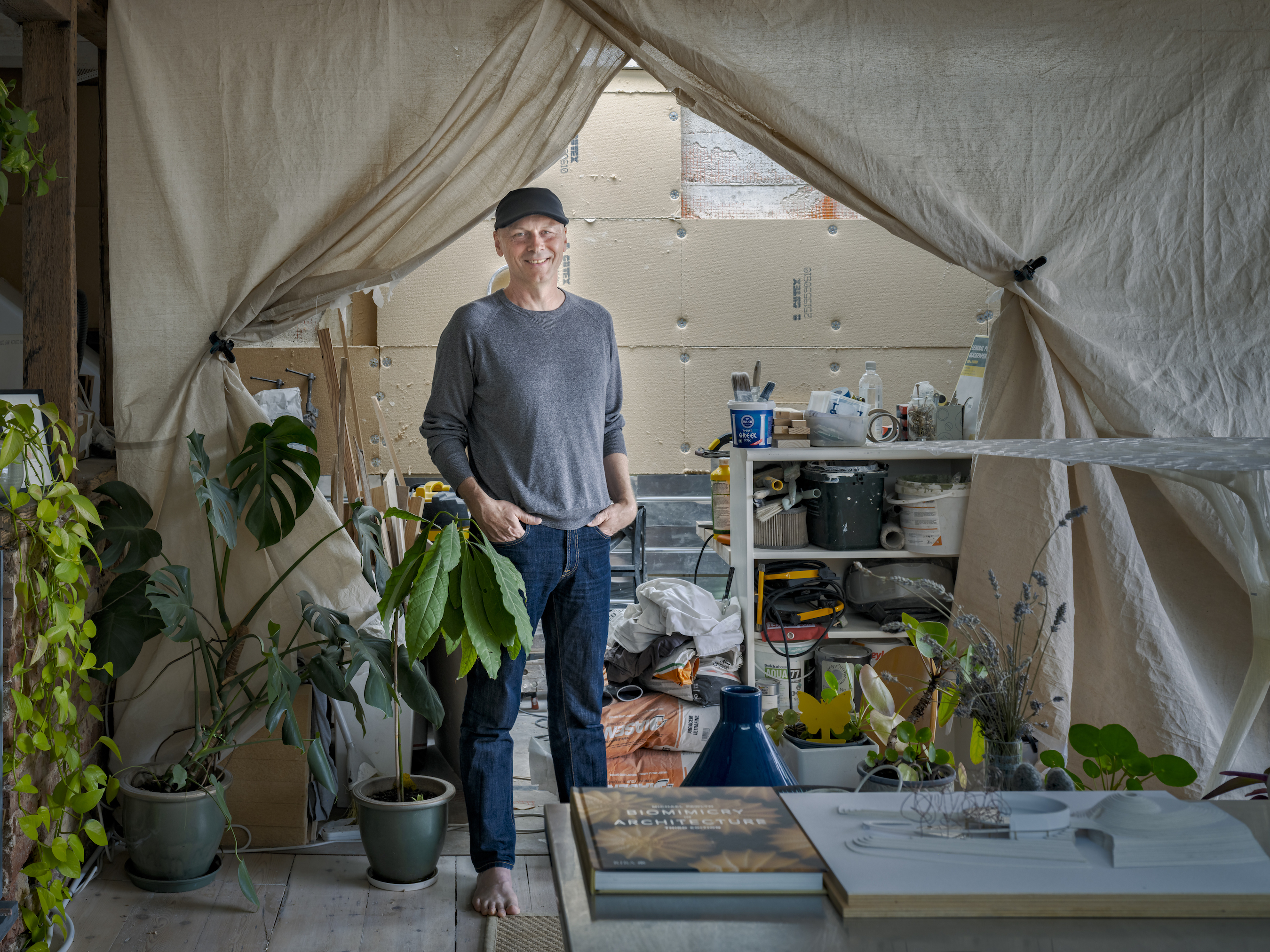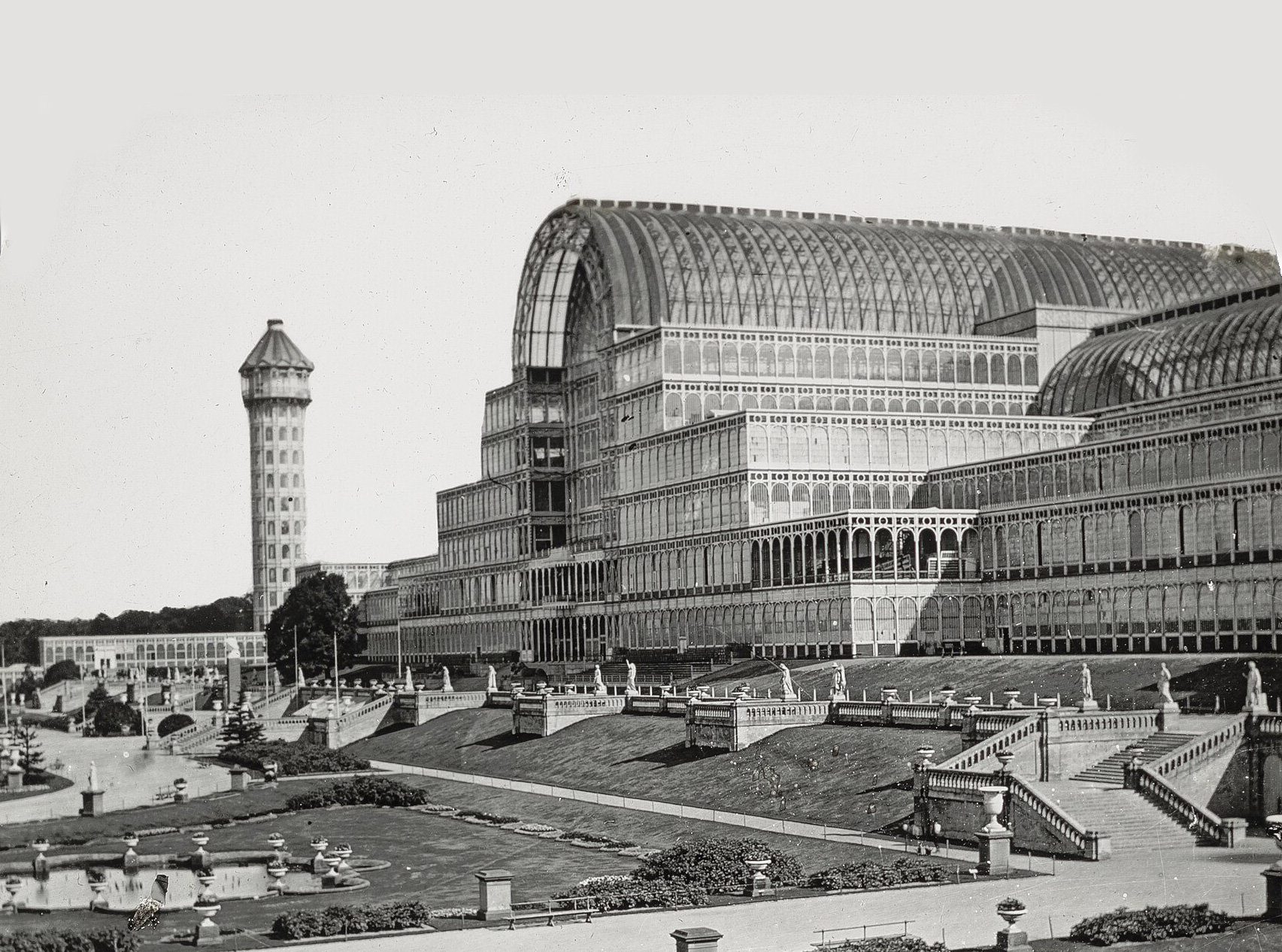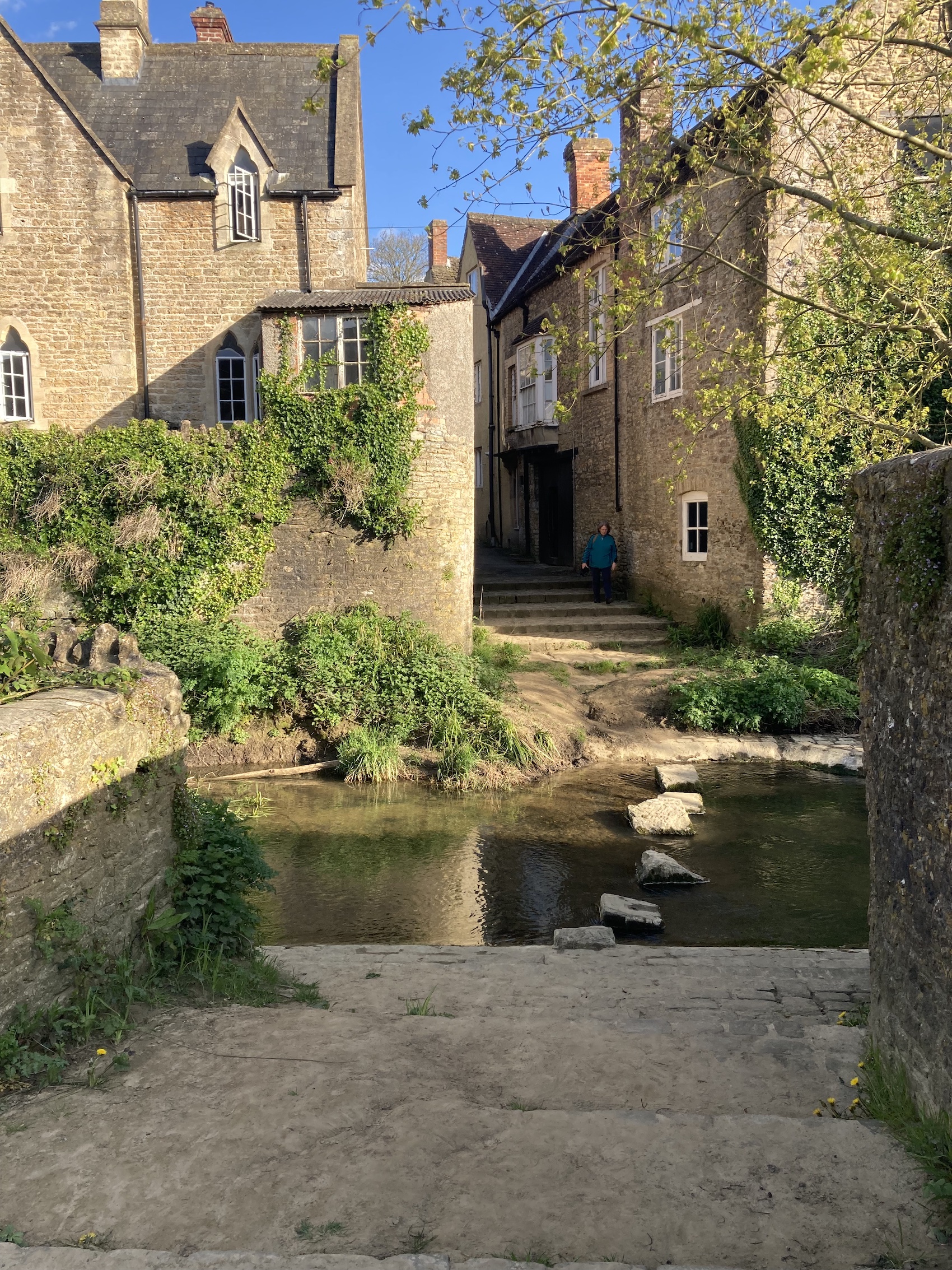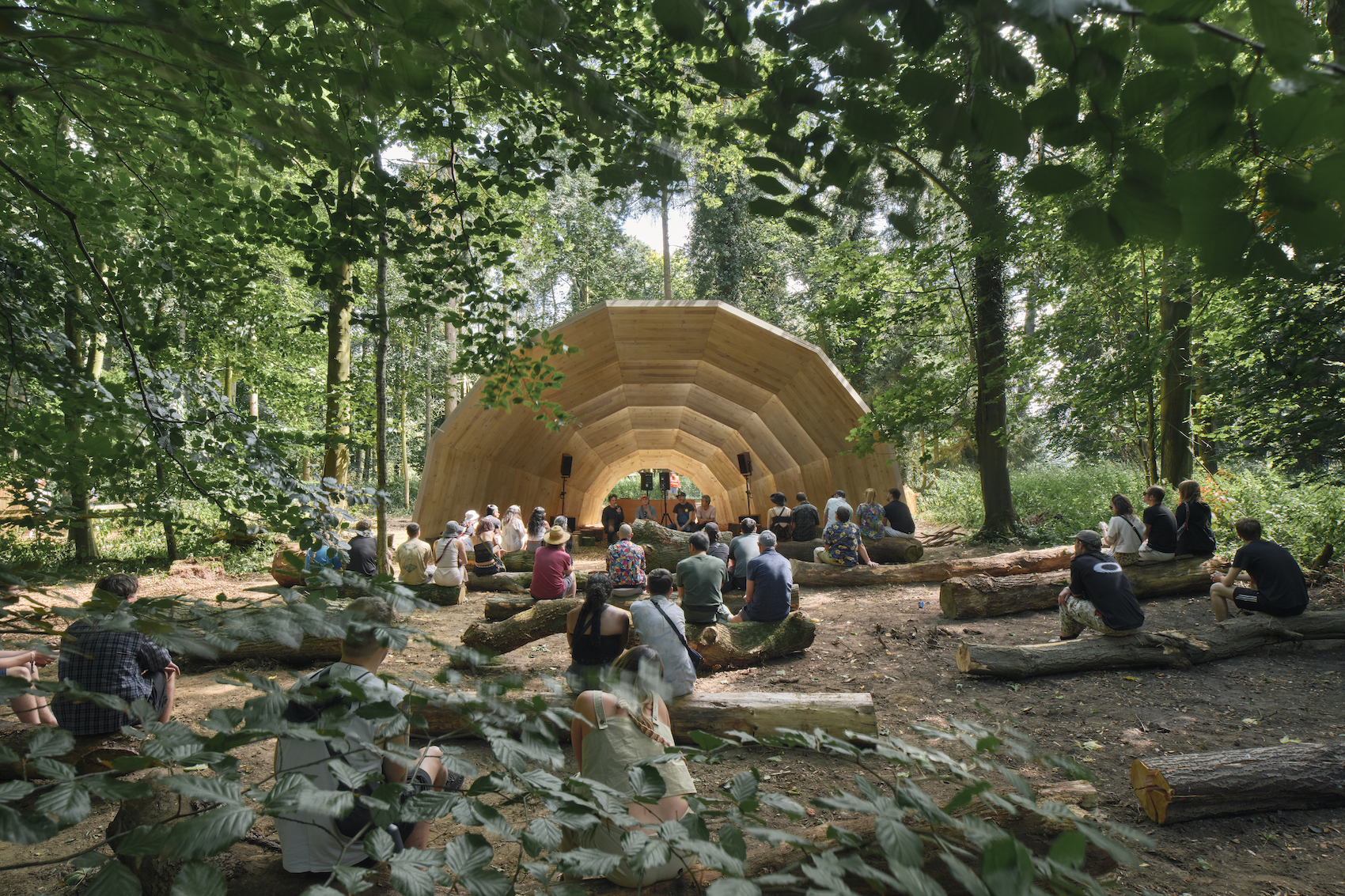Whitstable is a magical mix of big skies and intimate streets and ever changing views of Sheppey, Southend, wind farms and the Maunsell Forts writes Annalie Riches.



This is my first time living in an actual town and I’m finding it a pretty perfect place to be. I grew up in suburbia and hated the endless low-density sprawl that made it hard to see friends. There were no chance encounters or last-minute meet-ups – everything had to be planned.
When I could I moved to cities where higher densities made more convivial, walkable districts. I could buy food, see friends and go to the pub by foot. I’m sure many of my attitudes to density and car dependency were formed by the tedium of being a teenager in Orpington, but I’ve never looked back and would never chose to live anywhere where I was reliant on a vehicle.
We started coming to Whitstable regularly for weekends after my son was born, and found it increasingly difficult to leave on Sunday. When a place at a small local infant school unexpectedly became free, we arrived suddenly.
It is never boring to gaze at the horizon; objects shift in and out of visibility and change colour with the light: Sheppey, Southend, wind farms and the Maunsell Forts”
There is something magical about this place that comes in from the sea. I’ve discovered that I love swimming all year, in winter screaming into the wind with the shock of it. It is never boring to gaze at the horizon; objects shift in and out of visibility and change colour with the light: Sheppey, Southend, wind farms and the Maunsell Fort – concrete sea defence structures that look like tiny mushrooms growing out of the sea. Tankers pass slowly towards London.
Despite being privately owned in parts, the beach feels like a public space or common land. There is a special character created by the absence of a road along it. Houses, pubs and restaurants back onto it with gardens hitting the low sea wall. This is very unusual: most seaside towns have a large road between them and the beach, giving it a remote and exposed character. There is an intimacy to Whitstable beach, created by the backs of houses and regular groynes, which together with the general absence of rules (for example you can light a fire below the tide line) make it feel ours.
Whitstable has what is currently being referred to as a ‘gentle density’. It has narrow streets with small houses in terraces or clusters. Streets are criss-crossed with narrow alleys, each with its own peculiar character and name. A knowledge of these allows you to traverse the town barely touching a pavement.
It is eminently walkable and cyclable, and hunting down a parking space takes too much time to make driving a favourable option. Everything you need day-to-day – schools, shops, the station – is within a 15-minute walk. Sprawl is avoided by topography and infrastructure. To the east the railway squeezes the land into the sea and it re-emerges as Seasalter, a flat marshy sea plain dotted with sheep, houses and caravan parks. To the west, higher land meets the sea with Tankerton on its top with a suburban road layout.
My experience of time has changed here. There is a large tidal reach so the landscape alters dramatically twice a day. There is a seasonal quality to life. A form of hibernation occurs in the winter when Whitstable empties of people, and often the beach can be too hostile to walk on. It’s my favourite time of year: the crowds have left, there’s a wonderful bleakness to the changing seascape, and the wind rattles our timber house so it creaks like a ship.




